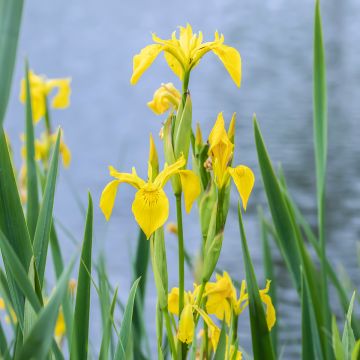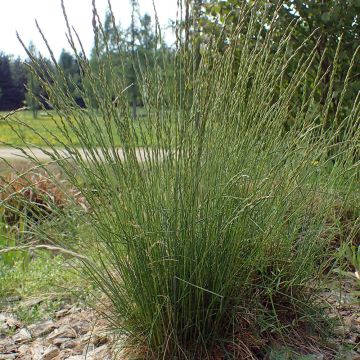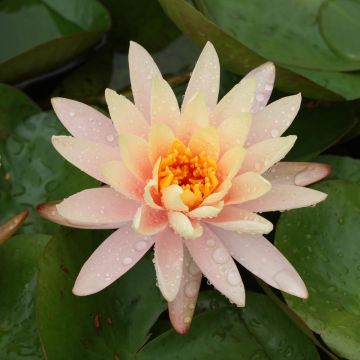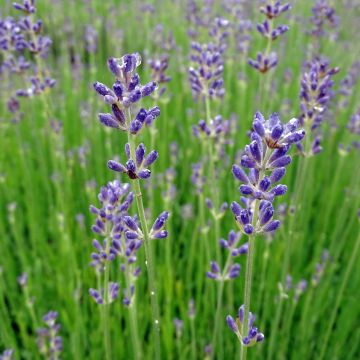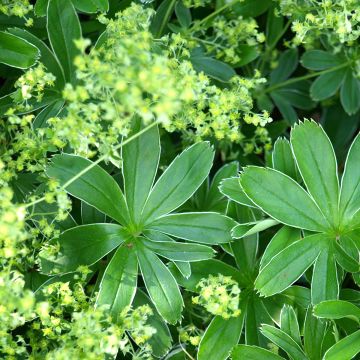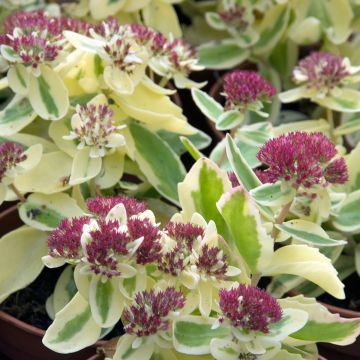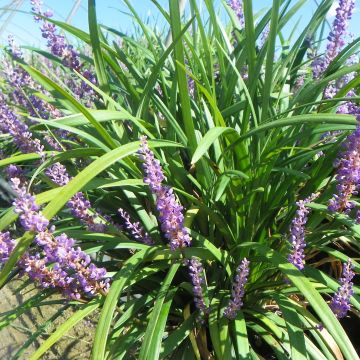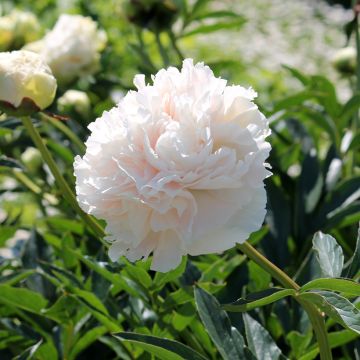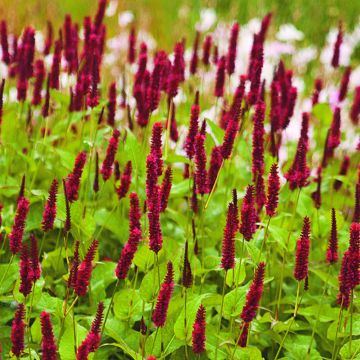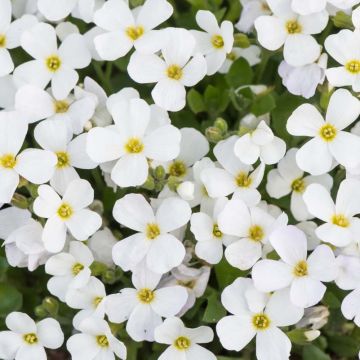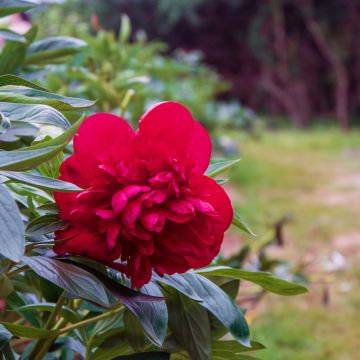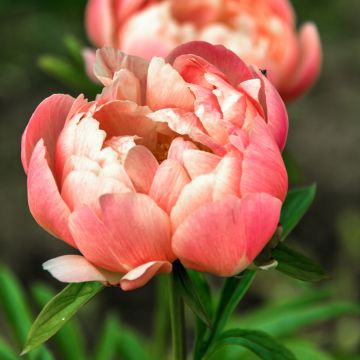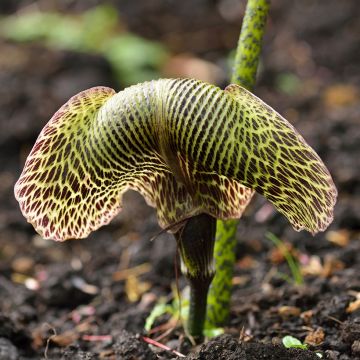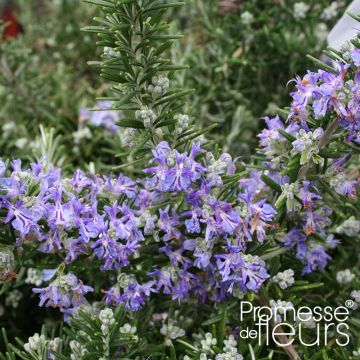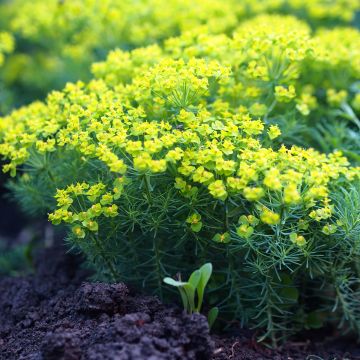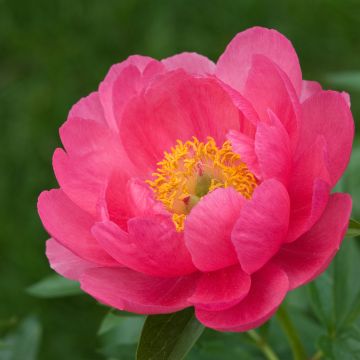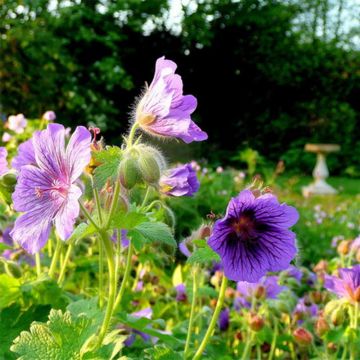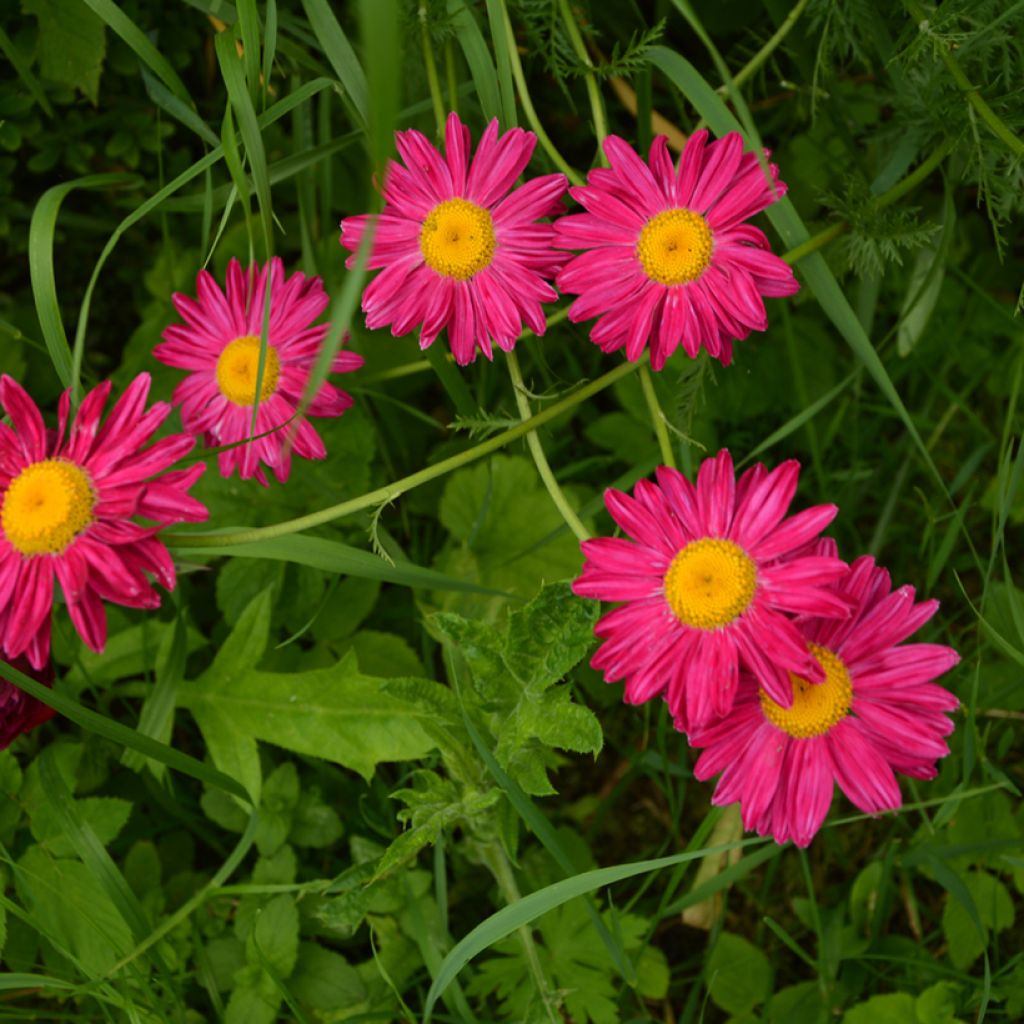

Tanacetum coccineum Robinsons Red
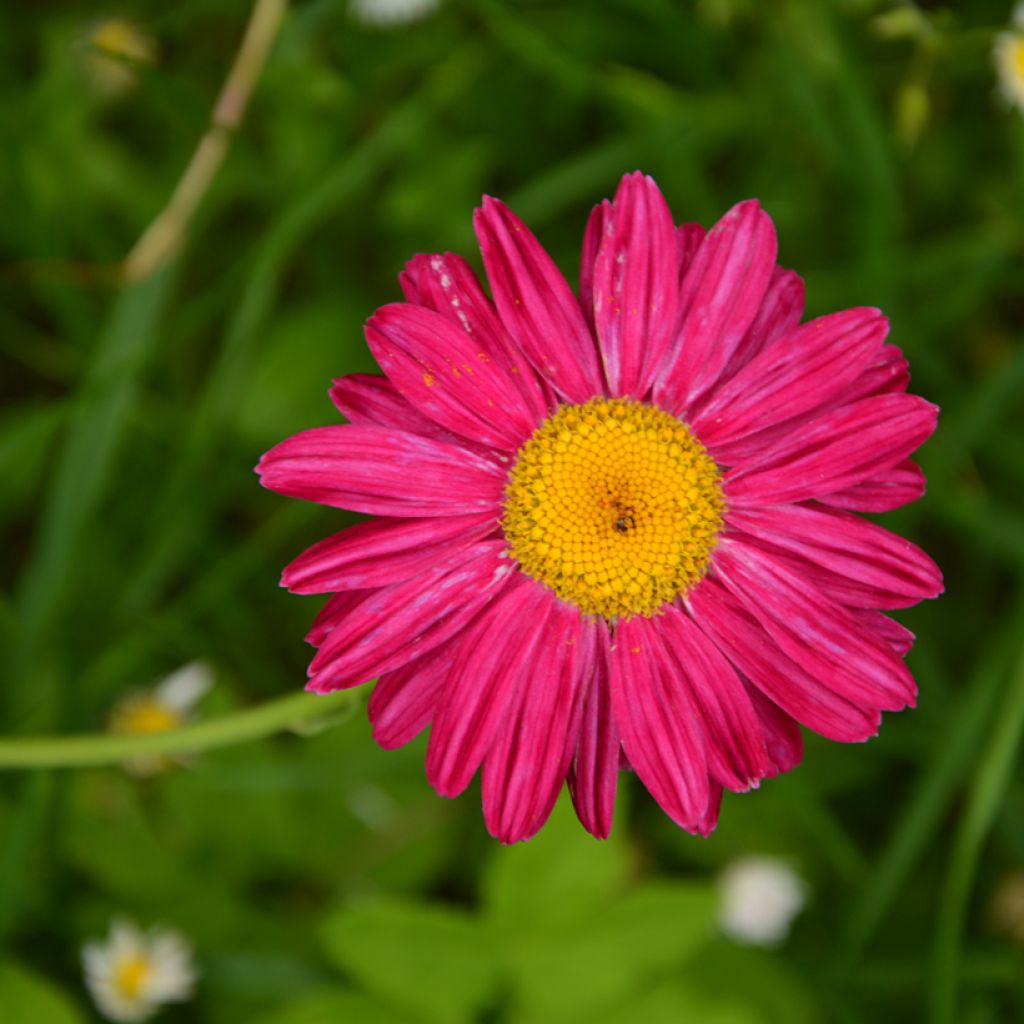

Tanacetum coccineum Robinsons Red
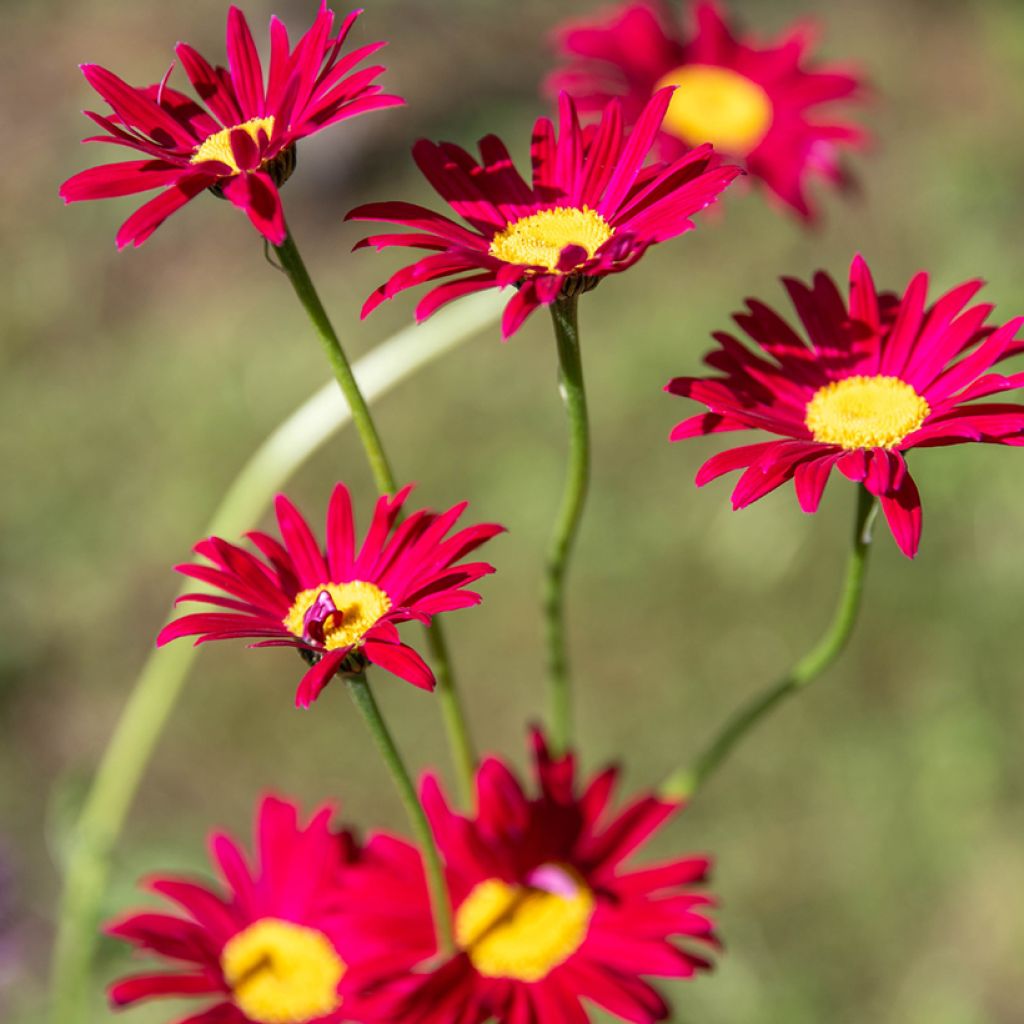

Tanacetum coccineum Robinsons Red
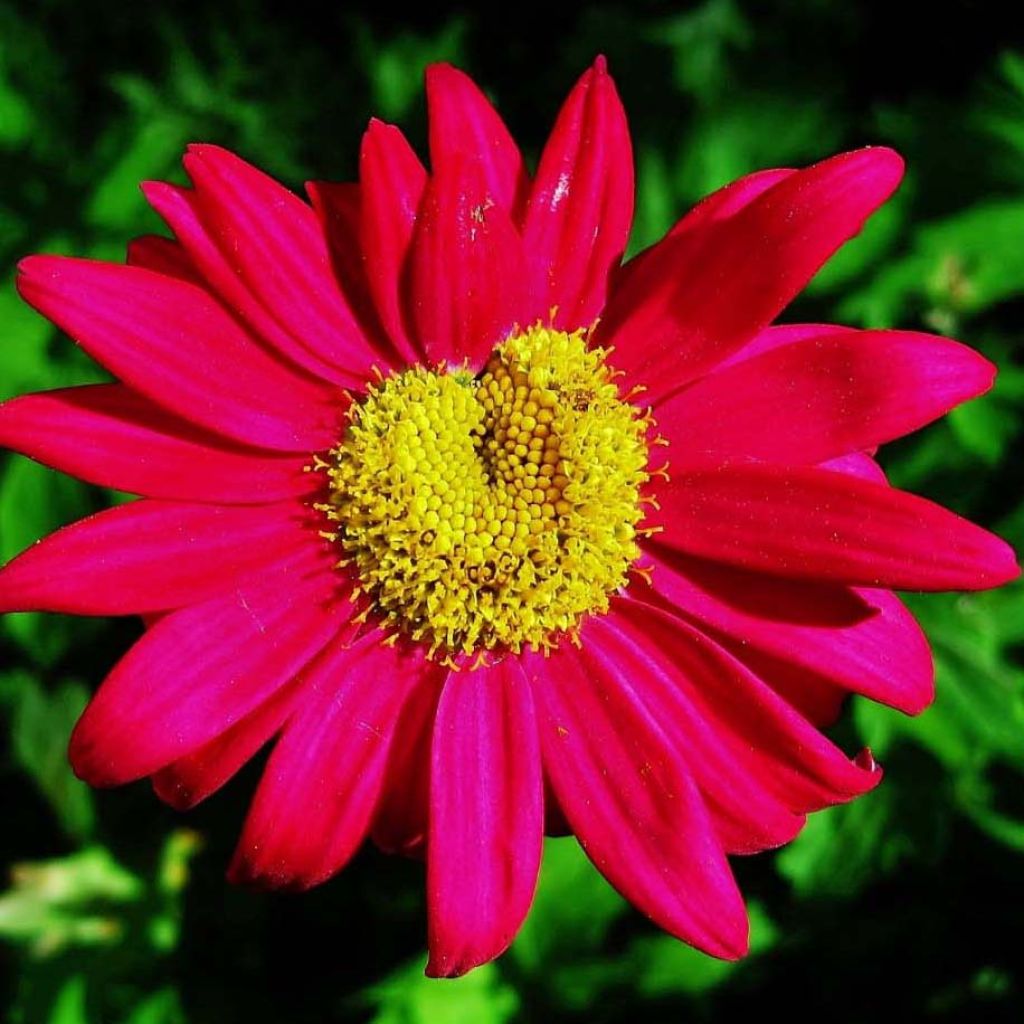

Tanacetum coccineum Robinsons Red
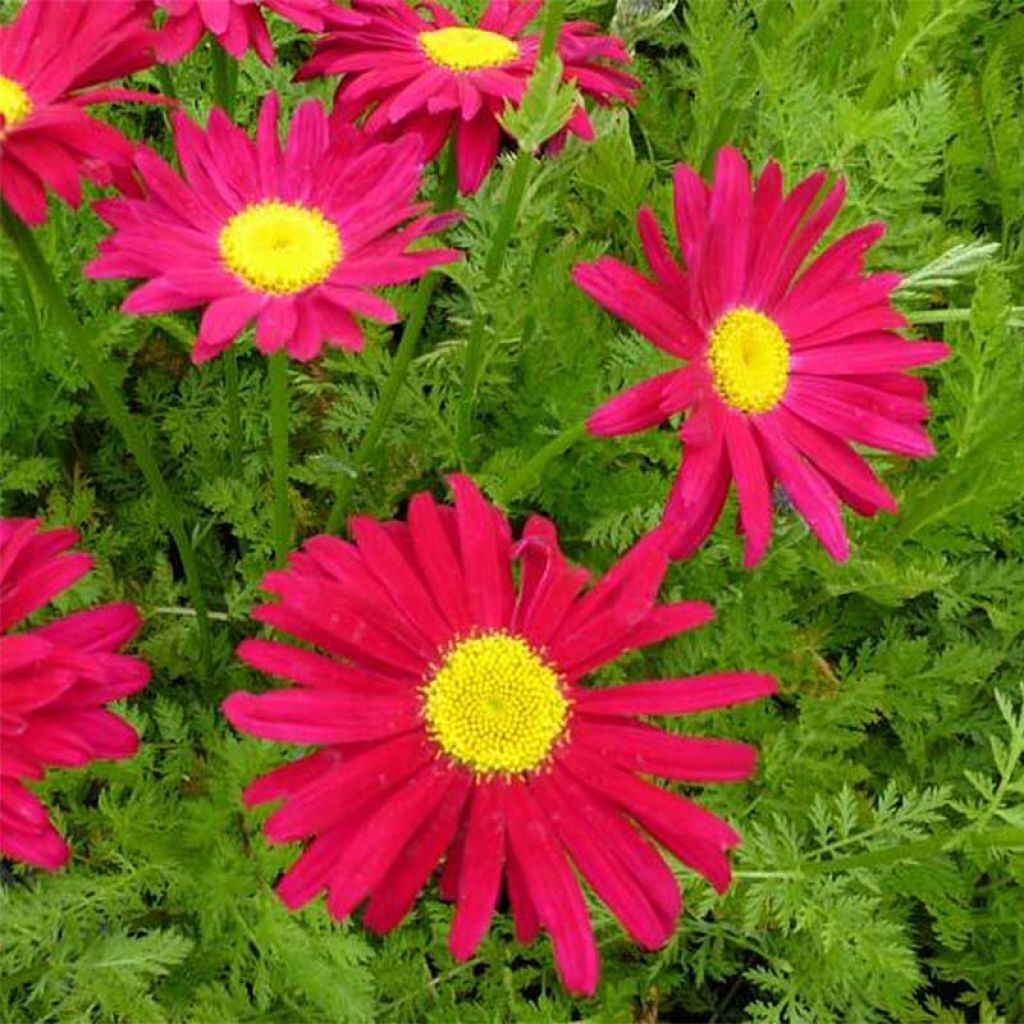

Tanacetum coccineum Robinsons Red
Tanacetum coccineum Robinsons Red
Tanacetum coccineum Robinson's Red
Pyrethrum, Persian Insect Flower, Painted Daisy
Plant received in perfect condition, it shouldn't have any trouble giving me beautiful flowers.
Patrice, 06/03/2024
This item cannot be shipped to the selected country
Delivery charge from €5.90
More information
Schedule delivery date,
and select date in basket
This plant carries a 12 months recovery warranty
More information
We guarantee the quality of our plants for a full growing cycle, and will replace at our expense any plant that fails to recover under normal climatic and planting conditions.
From €5.90 for pickup delivery and €6.90 for home delivery
Express home delivery from €8.90.
Does this plant fit my garden?
Set up your Plantfit profile →
Description
The Tanacetum coccineum 'Robinson's Red' is a variety of pyrethrum, also known as tansy, known for its use in organic insect control and its extreme robustness. This variety combines usefulness with beauty, with its brightly colored flowering in the form of pretty crimson red daisies with golden yellow centers. It thrives in any well-drained garden soil and blooms for a long time, from May to July, provided that faded flowers are regularly removed. It is an easy-to-grow perennial plant, not demanding, accessible to beginners, ideal in gardens without gardeners to add interest to unassuming perennial beds. Excellent cut flower.
Tanacetum or Chrysanthemum coccineum is a plant of the aster family, which has characteristic inflorescences called heads. This robust perennial herbaceous plant, capable of living for 20 years, is native to mountainous regions of southwest Asia and the Caucasus, in Turkey, Georgia, Armenia, and Iraq (Kurdistan). It can be found even in dry and rocky areas of Afghanistan. 'Robinson's Red' is an interesting selection for its intense and deep red flowering. The plant forms a mound of finely cut foliage in a matte green-gray color, reminiscent of yarrow, aromatic to the touch, starting in spring. An adult plant will reach 40 to 60 cm (16 to 24in) in height when flowering and will spread at the base over time. The flowering takes place from May to June until July, depending on the climate, and it can have a second bloom in September. The inflorescences are large heads measuring 6 to 7 cm (2 to 3in), composed of a row of dark red ligulate flowers surrounding a golden yellow center. This abundant flowering, if the soil does not dry out too much, gives way to seeds that easily self-sow in light soil, although not always true to the parent plant. The highest concentration of pyrethrin is found in half-open flower buds.
Pink pyrethrum, with flowers ranging in color from white to red depending on the variety, is an excellent garden perennial, floriferous and brightly colored. It can be invited into a wildflower bed, alongside yarrows, chamomiles, asters, and perennial chrysanthemums with staggered blooming periods. Some lightness and relief can be added to this scene by adding gauras, rosemarys, a few irises, and tall roses. It is also a popular plant in urban landscaping, as it performs very well in large containers where it often coexists with grasses, lady's mantles, salvias... Inspirational compositions to decorate the terrace: they remain decorative for a long time and require little water and maintenance.
Properties: pyrethrin, the active ingredient contained in the tissues of Tanacetum coccineum, does not have a selective action on the insects it comes into contact with. It is toxic to moths, thrips, earwigs, leafhoppers, caterpillars, aphids, Colorado potato beetles, whiteflies, gray worms... but also to pollinators, which are very useful in the garden. It also inhibits female mosquitoes by preventing them from biting. Place bouquets on your table and burn a few dried flowers on summer evenings.
Pyrethrin is also harmful to all aquatic organisms, including fish. Pyrethrin is a natural molecule that rapidly degrades upon contact with air and light. Its action is therefore immediate but limited in time.
Example of a recipe to prepare a natural insecticide solution that will be effective for 24 to 48 hours in dry weather.
Harvest the half-open flowers in dry and sunny weather, 5 to 10 days after the start of flowering.
Dry the flowers upside down in a dark, warm, and well-ventilated room.
Grind very finely or pulverize your dried flowers: the finer the powder, the more active the molecule.
To preserve this powder: in the freezer for 6 months or in an airtight container in a dry and dark place for 2 to 3 months.
Mix 500 ml of water + 1 teaspoon of powder + 1 teaspoon of natural liquid black soap.
Report an error about the product description
Tanacetum coccineum Robinsons Red in pictures
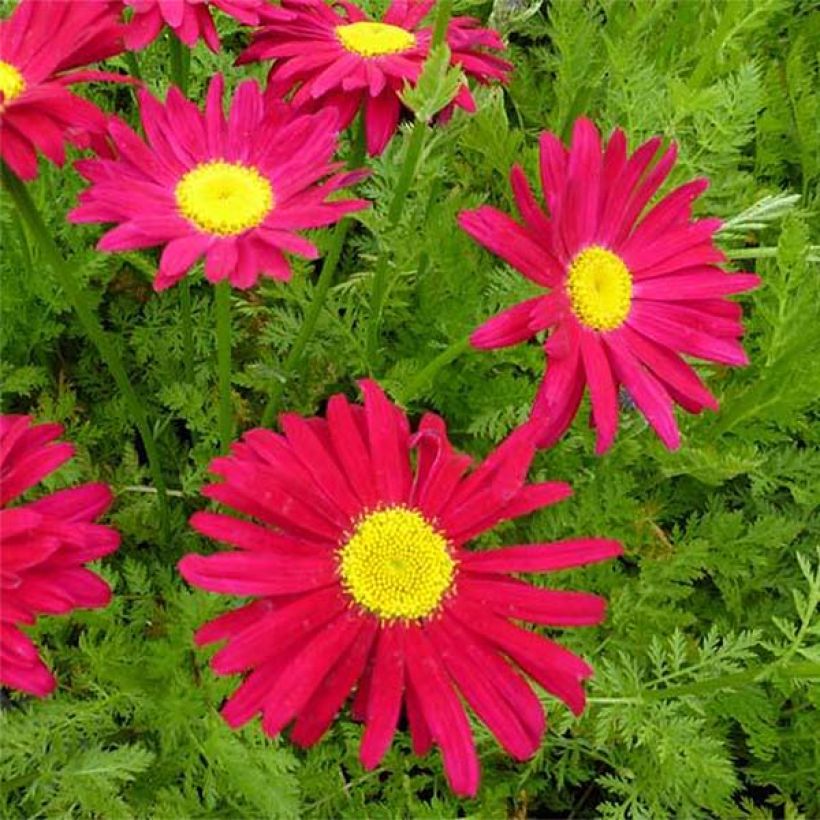

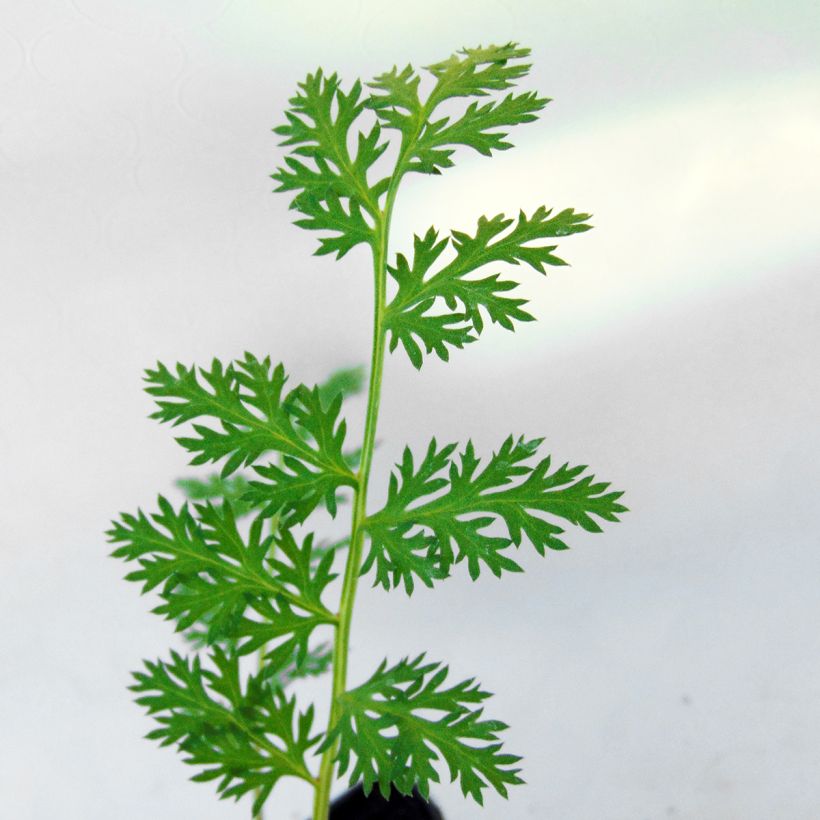

Flowering
Foliage
Plant habit
Botanical data
Tanacetum
coccineum
Robinson's Red
Asteraceae
Pyrethrum, Persian Insect Flower, Painted Daisy
Cultivar or hybrid
Other Perennials A to Z
Planting and care
The pink pyrethrum is planted in spring or autumn, in a very sunny location, in any well-drained soil, not too poor, preferably sandy or gravelly. It does not appreciate heavy, compact and wet soils, which are suffocating for its roots. If your soil is heavy, incorporate coarse sand or gravel and light compost to improve drainage. In healthy soil, this plant is hardy enough for our climate. It has no enemies or diseases, against which it is naturally immune. This plant tolerates and even prefers limestone and sandy soils. It shows fairly good resistance to drought, in deep soil.
Planting period
Intended location
Care
-
, onOrder confirmed
Reply from on Promesse de fleurs
Spring flowering perennials
Haven't found what you were looking for?
Hardiness is the lowest winter temperature a plant can endure without suffering serious damage or even dying. However, hardiness is affected by location (a sheltered area, such as a patio), protection (winter cover) and soil type (hardiness is improved by well-drained soil).

Photo Sharing Terms & Conditions
In order to encourage gardeners to interact and share their experiences, Promesse de fleurs offers various media enabling content to be uploaded onto its Site - in particular via the ‘Photo sharing’ module.
The User agrees to refrain from:
- Posting any content that is illegal, prejudicial, insulting, racist, inciteful to hatred, revisionist, contrary to public decency, that infringes on privacy or on the privacy rights of third parties, in particular the publicity rights of persons and goods, intellectual property rights, or the right to privacy.
- Submitting content on behalf of a third party;
- Impersonate the identity of a third party and/or publish any personal information about a third party;
In general, the User undertakes to refrain from any unethical behaviour.
All Content (in particular text, comments, files, images, photos, videos, creative works, etc.), which may be subject to property or intellectual property rights, image or other private rights, shall remain the property of the User, subject to the limited rights granted by the terms of the licence granted by Promesse de fleurs as stated below. Users are at liberty to publish or not to publish such Content on the Site, notably via the ‘Photo Sharing’ facility, and accept that this Content shall be made public and freely accessible, notably on the Internet.
Users further acknowledge, undertake to have ,and guarantee that they hold all necessary rights and permissions to publish such material on the Site, in particular with regard to the legislation in force pertaining to any privacy, property, intellectual property, image, or contractual rights, or rights of any other nature. By publishing such Content on the Site, Users acknowledge accepting full liability as publishers of the Content within the meaning of the law, and grant Promesse de fleurs, free of charge, an inclusive, worldwide licence for the said Content for the entire duration of its publication, including all reproduction, representation, up/downloading, displaying, performing, transmission, and storage rights.
Users also grant permission for their name to be linked to the Content and accept that this link may not always be made available.
By engaging in posting material, Users consent to their Content becoming automatically accessible on the Internet, in particular on other sites and/or blogs and/or web pages of the Promesse de fleurs site, including in particular social pages and the Promesse de fleurs catalogue.
Users may secure the removal of entrusted content free of charge by issuing a simple request via our contact form.
The flowering period indicated on our website applies to countries and regions located in USDA zone 8 (France, the United Kingdom, Ireland, the Netherlands, etc.)
It will vary according to where you live:
- In zones 9 to 10 (Italy, Spain, Greece, etc.), flowering will occur about 2 to 4 weeks earlier.
- In zones 6 to 7 (Germany, Poland, Slovenia, and lower mountainous regions), flowering will be delayed by 2 to 3 weeks.
- In zone 5 (Central Europe, Scandinavia), blooming will be delayed by 3 to 5 weeks.
In temperate climates, pruning of spring-flowering shrubs (forsythia, spireas, etc.) should be done just after flowering.
Pruning of summer-flowering shrubs (Indian Lilac, Perovskia, etc.) can be done in winter or spring.
In cold regions as well as with frost-sensitive plants, avoid pruning too early when severe frosts may still occur.
The planting period indicated on our website applies to countries and regions located in USDA zone 8 (France, United Kingdom, Ireland, Netherlands).
It will vary according to where you live:
- In Mediterranean zones (Marseille, Madrid, Milan, etc.), autumn and winter are the best planting periods.
- In continental zones (Strasbourg, Munich, Vienna, etc.), delay planting by 2 to 3 weeks in spring and bring it forward by 2 to 4 weeks in autumn.
- In mountainous regions (the Alps, Pyrenees, Carpathians, etc.), it is best to plant in late spring (May-June) or late summer (August-September).
The harvesting period indicated on our website applies to countries and regions in USDA zone 8 (France, England, Ireland, the Netherlands).
In colder areas (Scandinavia, Poland, Austria...) fruit and vegetable harvests are likely to be delayed by 3-4 weeks.
In warmer areas (Italy, Spain, Greece, etc.), harvesting will probably take place earlier, depending on weather conditions.
The sowing periods indicated on our website apply to countries and regions within USDA Zone 8 (France, UK, Ireland, Netherlands).
In colder areas (Scandinavia, Poland, Austria...), delay any outdoor sowing by 3-4 weeks, or sow under glass.
In warmer climes (Italy, Spain, Greece, etc.), bring outdoor sowing forward by a few weeks.

































